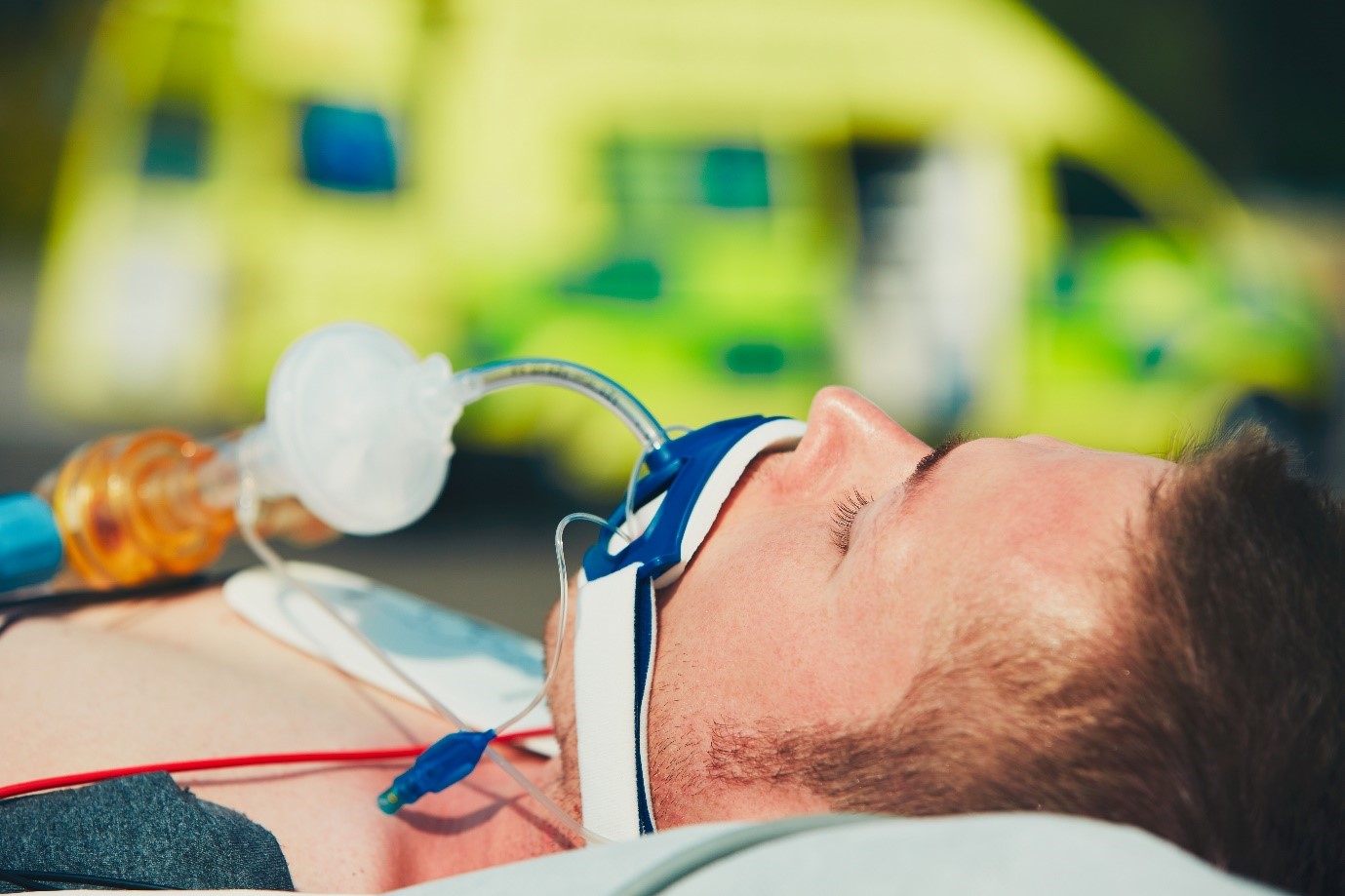Brain Herniation and Coning
A deadly cycle of MAP and ICP
 As discussed with CPP (Cerebral Perfusion Pressure), there is a balance between the MAP (Mean Arterial Pressure) and ICP (Intercranial Pressure). Where a traumatic brain injury occurs, ICP can potentially increase through swelling, oedema, haemorrhage, etc. As ICP increases, this can put pressure on, and constrict the arteries that supply the brain with oxygenated blood. With poor or no blood supply, the brain is starved of O2 and nutrients, and damage starts to occur. In response, when the MAP is less than the ICP, a reflex called the CNS ischemic response is initiated by the hypothalamus in the brain. The hypothalamus activates the sympathetic nervous system, causing peripheral vasoconstriction and an increase in cardiac output. These effects cause an increase in arterial blood pressure. With MAP greater than ICP, more blood is forced into the brain in order to restore normal blood flow. Where there may be swelling, oedema, or haemorrhage from injury, further blood supply forced into the inflexible skull can further raise ICP. This deadly cycle then continues as the body tries to maintain CPP but inadvertently continues raising ICP. High levels of ICP can then cause brain herniation or coning of the brain through the foramen magnum (the hole at the bottom of the skull).
As discussed with CPP (Cerebral Perfusion Pressure), there is a balance between the MAP (Mean Arterial Pressure) and ICP (Intercranial Pressure). Where a traumatic brain injury occurs, ICP can potentially increase through swelling, oedema, haemorrhage, etc. As ICP increases, this can put pressure on, and constrict the arteries that supply the brain with oxygenated blood. With poor or no blood supply, the brain is starved of O2 and nutrients, and damage starts to occur. In response, when the MAP is less than the ICP, a reflex called the CNS ischemic response is initiated by the hypothalamus in the brain. The hypothalamus activates the sympathetic nervous system, causing peripheral vasoconstriction and an increase in cardiac output. These effects cause an increase in arterial blood pressure. With MAP greater than ICP, more blood is forced into the brain in order to restore normal blood flow. Where there may be swelling, oedema, or haemorrhage from injury, further blood supply forced into the inflexible skull can further raise ICP. This deadly cycle then continues as the body tries to maintain CPP but inadvertently continues raising ICP. High levels of ICP can then cause brain herniation or coning of the brain through the foramen magnum (the hole at the bottom of the skull).
A triad can be used to identify increasing ICP in traumatic brain injury called Cushing’s Triad. This identifies increased BP, bradycardia, and irregular respirations. How these elements correspond;
As discussed above the CNS ischaemic response activates within the hypothalamus causing an increase in BP in order to increase MAP and maintain CPP. When arterial blood pressure is greater than the intracranial pressure, blood flow to the brain is restored. The increased arterial blood pressure caused by the CNS ischemic response stimulates the baroreceptors in the carotid bodies, slowing the heart rate often to the point of bradycardia. Irregular respirations can then become present due to reduced perfusion of the brainstem from swelling or possible brainstem herniation/pressure.